Learning Center
writing
Develop paragraphs–one sentence at a time
november 15, 2022
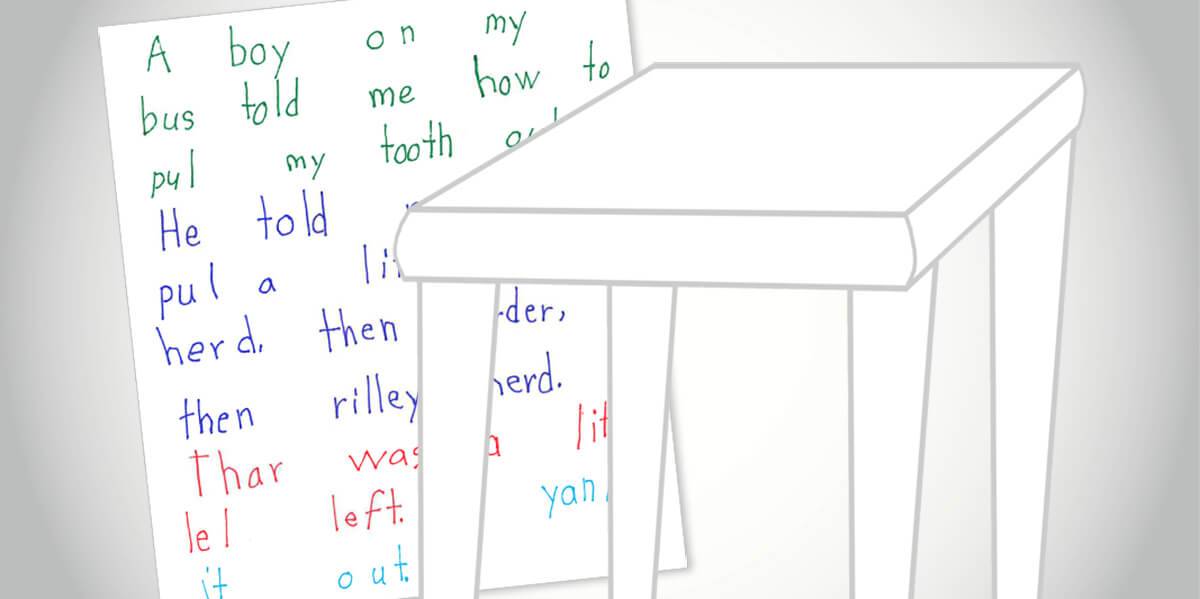
The paragraph is the building block of solid writing. A paragraph (or set of paragraphs) develops a part of the topic; it explains a facet of the topic. Strong writing includes multiple facets of a bigger idea explored among several paragraphs.
However, writing a single, strong, cohesive paragraph is difficult. For some, writing an entire essay of strong paragraphs can be nearly impossible! Your students will need lots of support on how to develop an idea. So start at an early age!
Write multiple sentences on a broad topic
With beginning writers, brainstorm words and phrases related to a single, broad topic (e.g., school, family, animals). Make a list on the board. Model how to stretch those individual words and phrases into sentences, producing a single paragraph on a broad topic. Encourage students to then write multiple sentences on their own topics by offering them the use of different colored gel pens. For every additional sentence students write on the topic, they get to switch their pen colors. Colorful Sentences add a fun element to the daunting task of writing more. (For additional ideas on Stretching Ideas in the Primary Grades, see the Learning Center.)
List tiny details per facet
Although young writers generate sentences all about one topic (e.g., family), that topic is broad. Eventually, students need to advance beyond simply “listing” facets of a topic in single sentences. I have a mom. I have a dad. I have a brother, etc. They need to develop each facet using small, specific details. Spend time just generating lists of details. For example, under “mom,” there might be a list of details including: good cook, pretty, loves me, helps me when I get hurt, etc. Embrace the idea that this list is the writing for a while. Primary students don’t actually have to turn these details into sentences and a paragraph. Just focus on generating details and words for each facet (e.g., for each family member).
Develop a traditional paragraph
Being able to generate multiple details on an aspect or facet of the topic is key even for older students. Students are typically good at mentioning or listing the general topic sentence, but they leave it undeveloped and unsupported. And when teachers ask students to “add more details,” they include more undeveloped topic sentences.
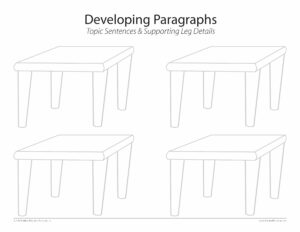 As students get better at developing a single paragraph, they are ready to tackle a full piece with multiple facets, each developed within their own paragraph. The pre-writing will be essential in the writing process. Students need to consider the different aspects of the topic they will explore and then the specific details and examples, per facet, that will compose the different paragraphs. The multi-table & legs organizer can be helpful for this. Or, if your students are familiar with the traditional web organizer, consider the Dissected Web to encourage additional small details. (Check out the Snowball Fight example.)
As students get better at developing a single paragraph, they are ready to tackle a full piece with multiple facets, each developed within their own paragraph. The pre-writing will be essential in the writing process. Students need to consider the different aspects of the topic they will explore and then the specific details and examples, per facet, that will compose the different paragraphs. The multi-table & legs organizer can be helpful for this. Or, if your students are familiar with the traditional web organizer, consider the Dissected Web to encourage additional small details. (Check out the Snowball Fight example.)
Teacher Comments:
During her time as literacy coach for Seymour Community Schools (Seymour, IN), Whitney Reinhart (Crothersville Elementary School Principal, Crothersville, IN) used the Smekens Education tabletop organizer with third graders at Jackson Elementary to develop their paragraph writing. The process took them from a pre-write to a final, typed draft.

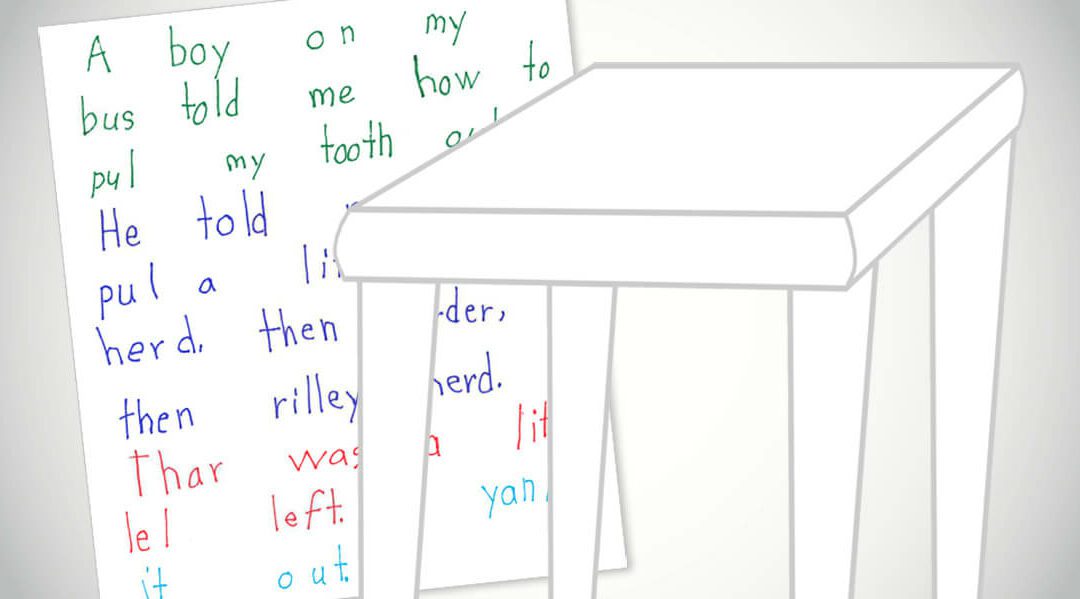
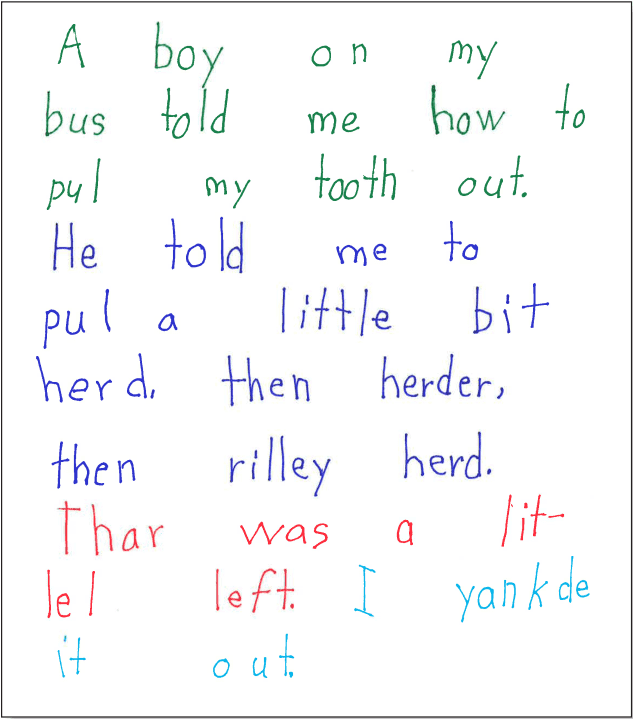
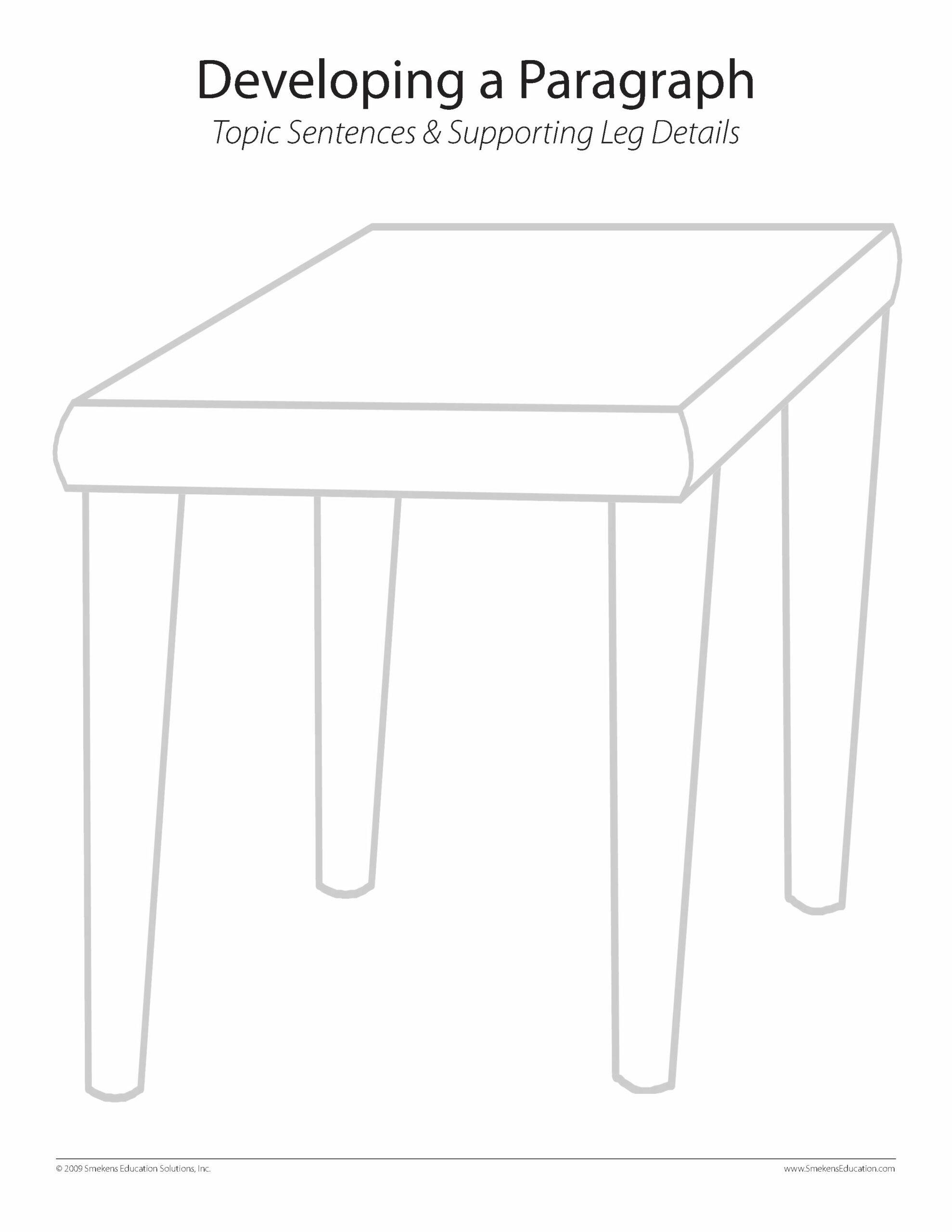
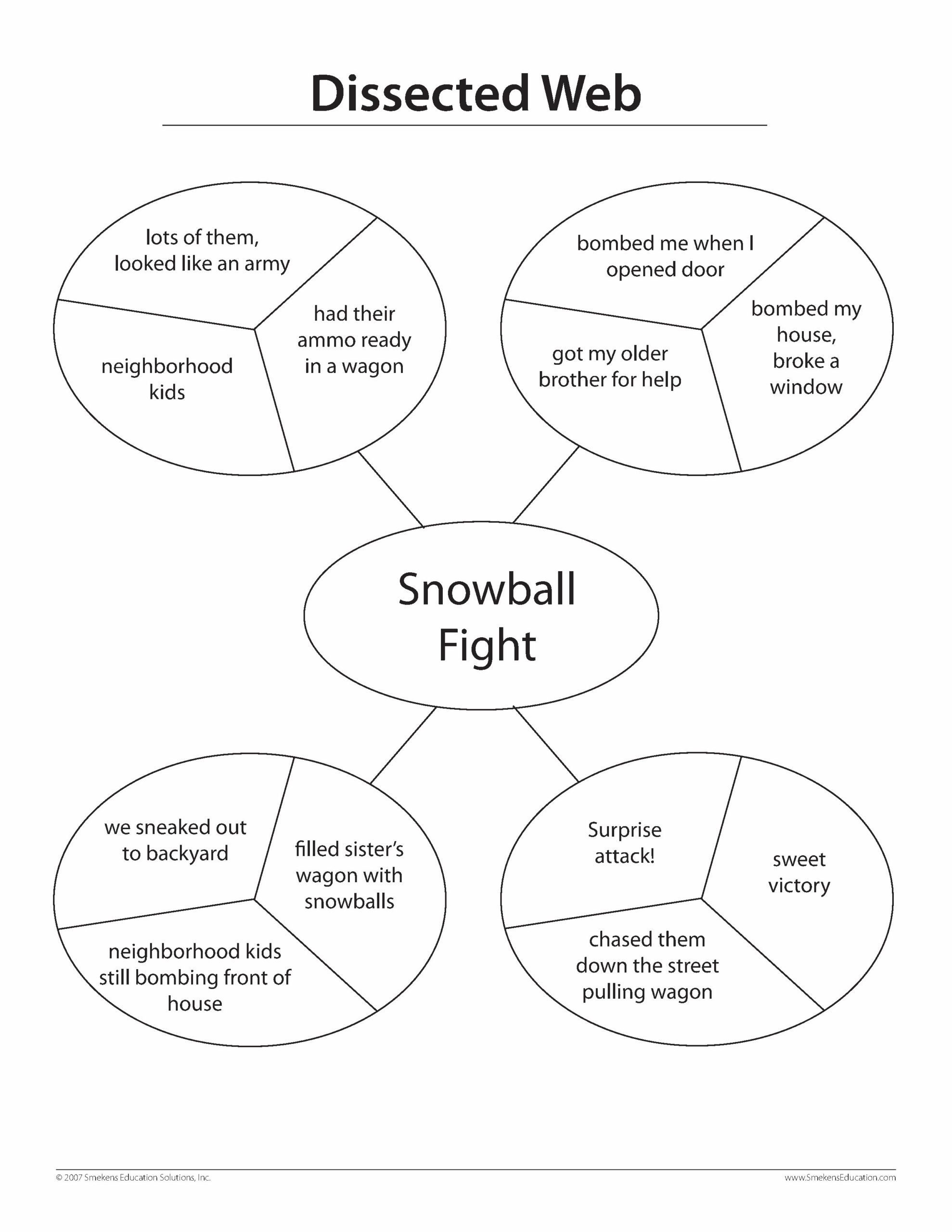
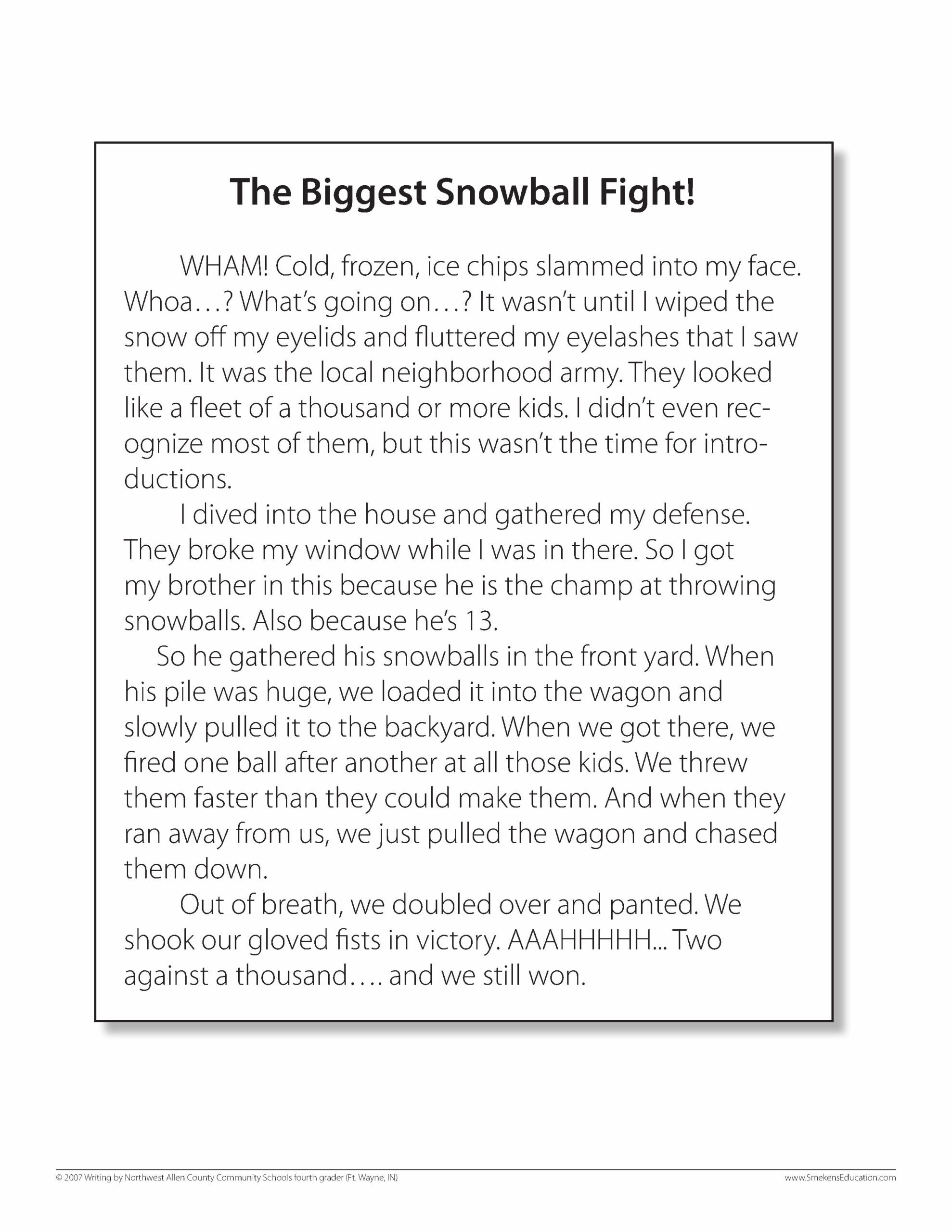
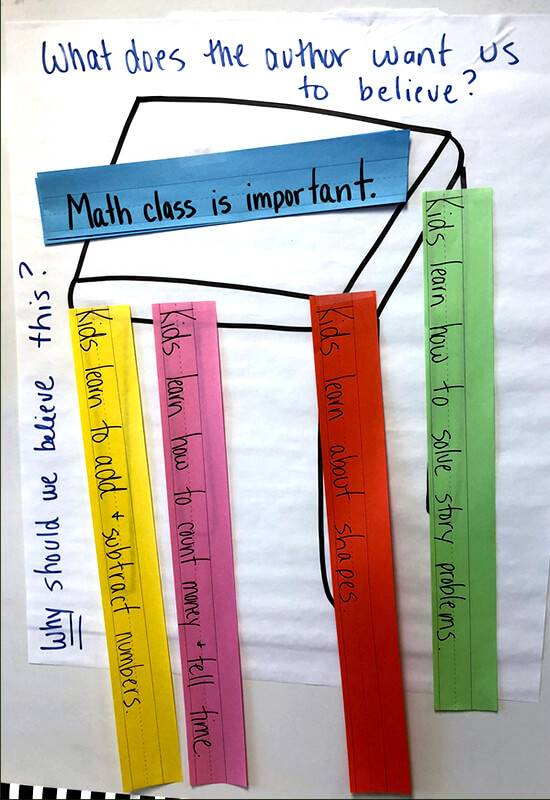
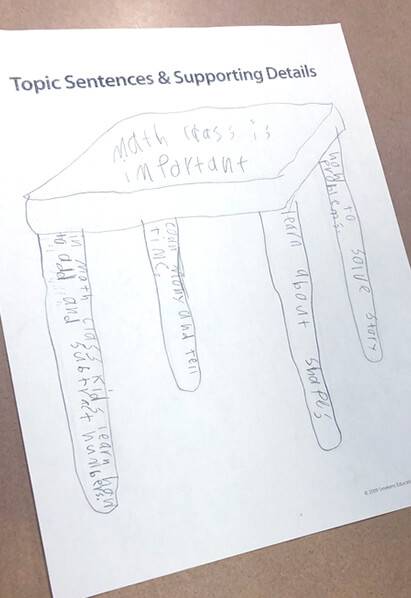
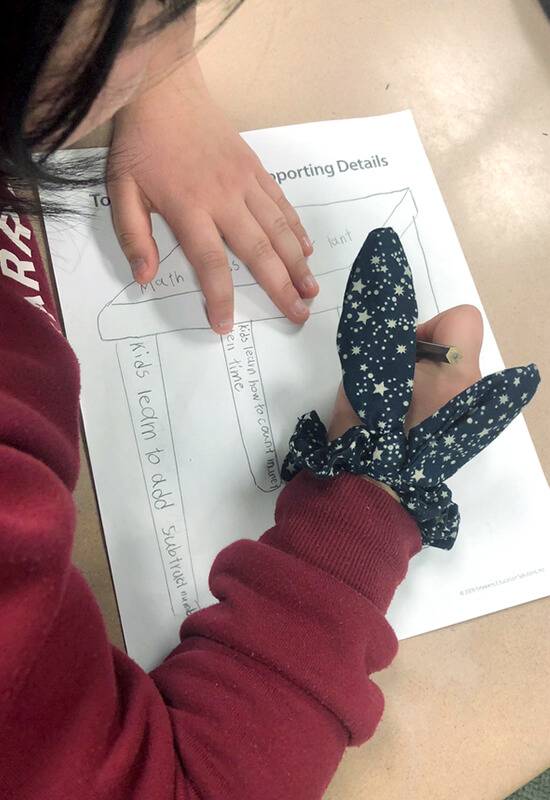
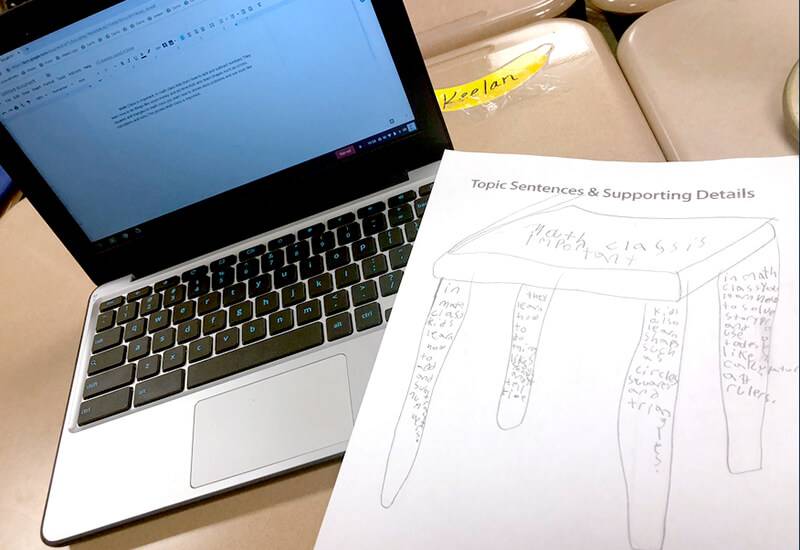

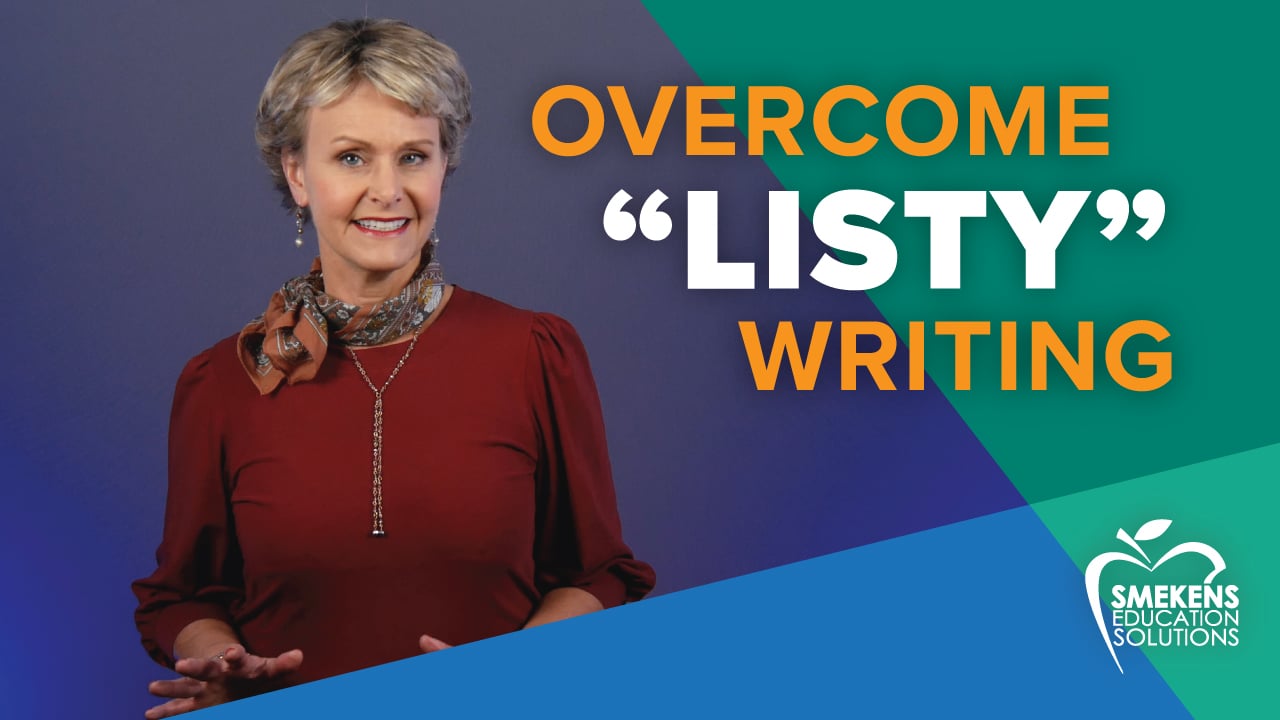
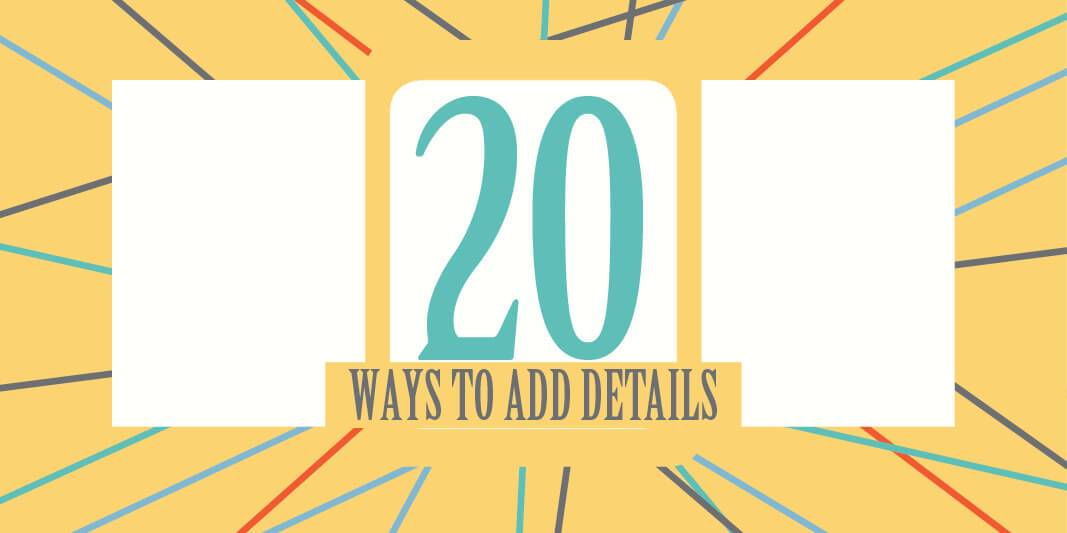
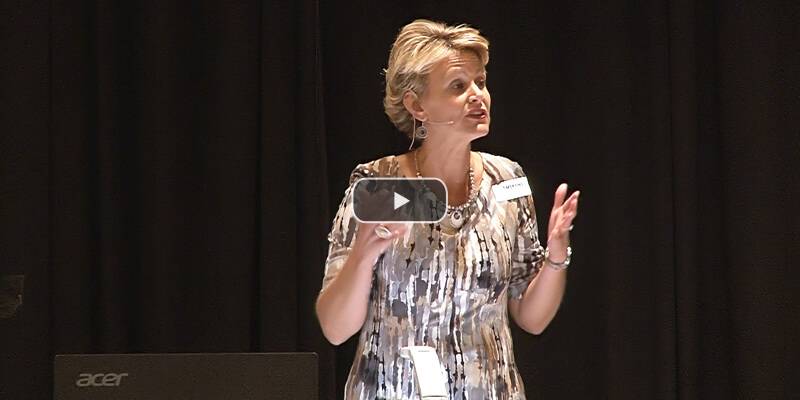
Brilliant, simple engaging strategies that will make a big difference to students seeing their writing skills develop. Love it!
Could this organizer also be used to identify the central/main idea of informational text?
That’s an interesting idea! I suppose you could work backwards and list details on the legs and then the main idea could go on top. For other ideas for teaching main idea, check out this article: Helping Students Identify the Main Idea of Any Text.